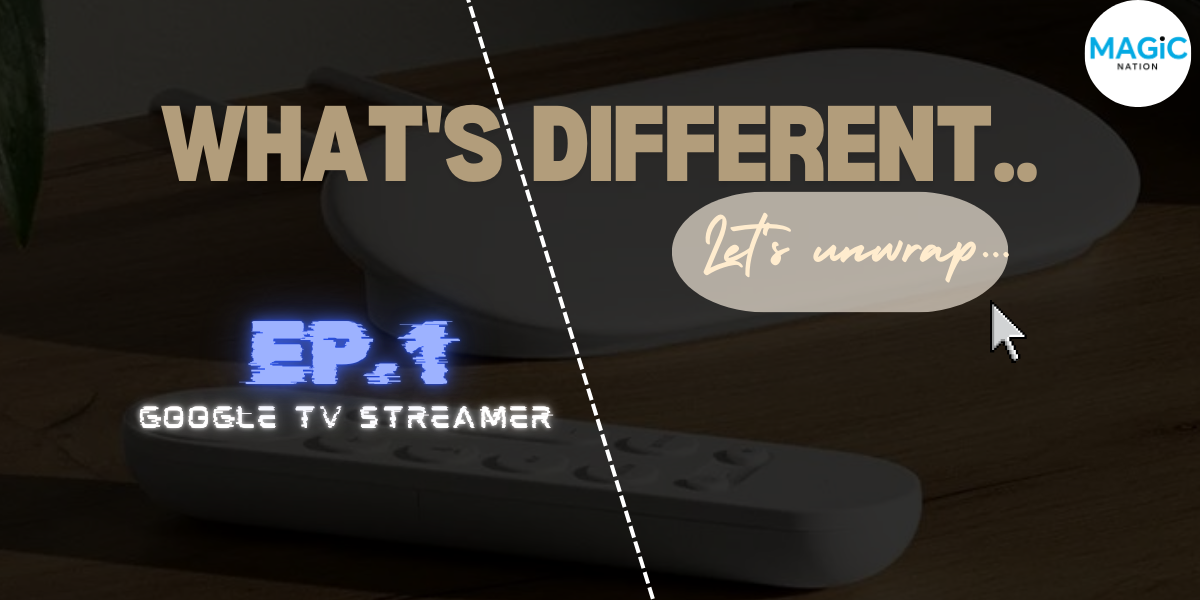Hope you guys are doing well
In this thread i am discussing about "Aperture"

Aperture controls how much light enters your camera through the lens. It affects both the brightness of your shot and the depth of field, which affects how much of the image is sharply focused. A wider aperture (lower f-stop) allows more light in and results in a shallow depth of field, whereas a narrower aperture (higher f-stop) reduces light and increases focus across the image.
Aperture is measured in f-stops, which may look as f/1.8, f/2.8, f/4, etc. The lower the f-number, the wider the aperture and the more light that gets in. A wider aperture creates a narrower depth of field, resulting in a stunning background blur that is perfect for portrait photography.How Aperture Works
A higher f-number (narrower aperture) creates a deeper depth of field, making more of the scene appear sharp, which is ideal for landscapes.


For example:
f/1.8: Allows more light, creating a shallow depth of field, perfect for portraits.
Look at this image how it's completely separated from the background

f/16: Allows less light, creating a deep depth of field, ideal for landscapes.
In this image both the subject and background are in focus.

The above two examples are shot on phone, shared for reference only and it's completely on software basis.
Adjusting your aperture settings allows you to change the visual importance of your picture. Aperture is a tool that allows you to achieve a crisp foreground with a soft blurred background or a sharp focus from the foreground to the horizon.Why Aperture Matters
Depth of Field (DOF): Wider apertures (low f-stop) create a shallow DOF, making subjects stand out against blurred backgrounds. Narrow apertures (high f-stop) maintain focus across the entire image.More Information:
Exposure: A wider aperture allows more light to enter, which is useful in low-light situations. A smaller aperture reduces light intake, which is helpful in bright conditions.
Sharpness: Lenses usually perform best (in terms of sharpness) in mid-range apertures like f/8 to f/11.
Bokeh: A wider aperture increases background blur, creating a more artistic, dreamy effect, especially in portraits.
Quick Tips:
- For portraits, use f/1.8 to f/2.8 to highlight the subject while blurring the background.
- For landscape photography, choose an aperture of f/8 to f/11 to keep the entire picture sharp.
- Experiment with aperture priority mode (A or Av) on your camera to see how it affects your photos.
Thank you for reading
sarthhkk



















